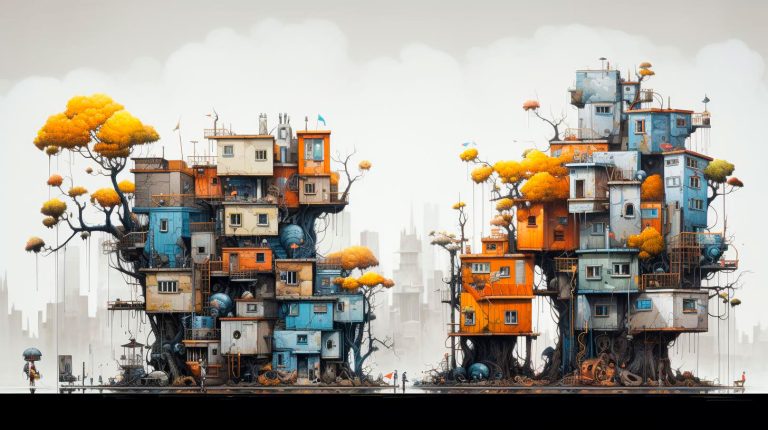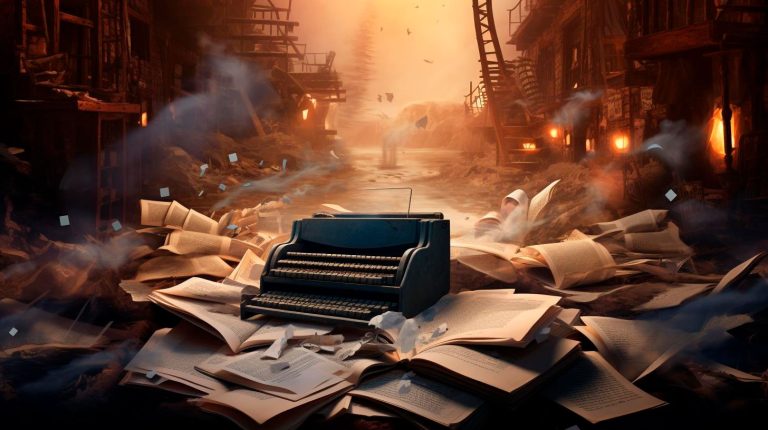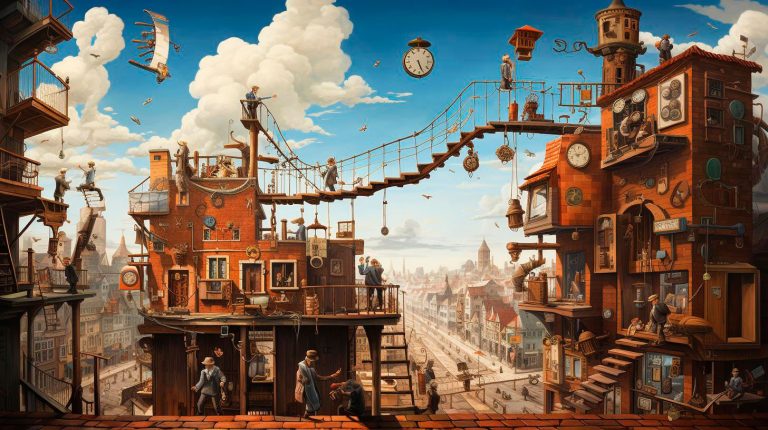In this article, we will explore the art of food styling and unveil some secrets to help your culinary delights look absolutely magical in photos.
Why is Food Styling Important?
Food styling is the art of presenting food in an appealing and visually captivating manner. It involves arranging ingredients, selecting props, and setting up lighting to enhance the aesthetics and appeal of the dish. Effective food styling can make a huge difference in how your creations are perceived and can entice viewers to want to taste your culinary delights.
When it comes to food photography, the saying “”You eat with your eyes first”” couldn’t be more accurate. Studies have shown that visually appealing food images can lead to increased appetite and evoke cravings, making them highly shareable content on social media platforms.
Key Takeaways:
- Food styling is essential to showcase your culinary creations at their best.
- Visually appealing food photos can attract more attention and engagement.
The Principles of Food Styling
Mastering the art of food styling involves a combination of creativity, attention to detail, and an understanding of the principles that make food look appetizing. Here are some key elements to consider:
Composition
Composition refers to how the elements in your photo are arranged. When styling food, it’s important to create a visually balanced and harmonious composition. Consider the rule of thirds, where the frame is divided into nine equal parts, and important elements are placed along these intersecting lines or at their intersections to create an aesthetically pleasing image.
Color and Contrast
The colors you choose for your ingredients and props can greatly influence the overall appeal of your food photos. Use vibrant and complementary colors to make your dishes pop. Additionally, create contrast by placing light-colored ingredients against dark backgrounds, or vice versa, to add depth and visual interest to the shot.
Texture and Layering
The textures of the ingredients in your dish can add visual appeal and make your photos more enticing. Highlight key textures by using props or plating techniques that draw attention to them. Layering ingredients can also create depth and dimension, making your dish look more visually appealing.
Lighting
Lighting plays a crucial role in food styling. Natural light is often preferred as it brings out the true colors and textures of the food. When using artificial lighting, be mindful of the shadows and highlights it creates. Experiment with different angles and intensities of light to achieve the desired effect.
Props and Backgrounds
The right props and backgrounds can complement and enhance the overall aesthetic of your food photos. Choose props that are relevant to the dish and add visual interest without overpowering the main subject. Consider using different surfaces and textures as backgrounds to create variety and enhance the mood of the photo.
Key Takeaways:
- Composition, color, texture, lighting, props, and backgrounds are key elements in food styling.
- Create a visually balanced composition using the rule of thirds.
- Use vibrant colors and contrast to make your dishes visually appealing.
- Highlight textures and experiment with layering to add visual interest.
- Utilize natural light or artificial lighting to enhance the aesthetics of your food.
- Choose props and backgrounds that complement the dish without overpowering it.
Simple Tips for Stunning Food Photos
Now that we’ve covered the principles of food styling, here are some practical tips to help you take stunning food photos:
Prepare Your Ingredients
Ensure that your ingredients are fresh, well-prepared, and neatly presented before you start snapping photos. Trim off any imperfections and arrange them in an appealing manner.
Showcasing Food Portions
If you want to highlight the portion size or layers in your dish, consider taking photos from different angles or capturing a slice or cross-section of the food.
Use Props with Purpose
Props should enhance the story you want to tell or add context to your dish. However, use them sparingly and strategically to avoid cluttering the frame.
Play with Different Angles
Experiment with shooting your food from various angles to find the most visually appealing perspective. Overhead shots, 45-degree angles, or close-ups can all result in captivating images.
Edit with Care
Post-processing can enhance your food photos, but be careful not to overdo it. Adjust the colors, contrast, and sharpness to achieve a natural-looking image.
Key Takeaways:
- Prepare your ingredients neatly before photographing them.
- Highlight food portions or layers to add visual interest.
- Choose props that enhance your dish’s story or context.
- Experiment with different angles to find the most visually captivating perspective.
- Apply subtle post-processing to enhance your food photos.
Conclusion
Mastering the art of food styling is a valuable skill, whether you’re an aspiring food photographer or simply an enthusiastic home cook. By understanding the principles of composition, color, texture, lighting, and the effective use of props, you can transform your culinary delights into irresistible works of art that will leave your audience craving a taste. Remember, it’s not just about taking a photo of food, but capturing the essence of flavor, creativity, and passion in each frame. So grab your camera and let your culinary masterpieces shine!



















+ There are no comments
Add yours